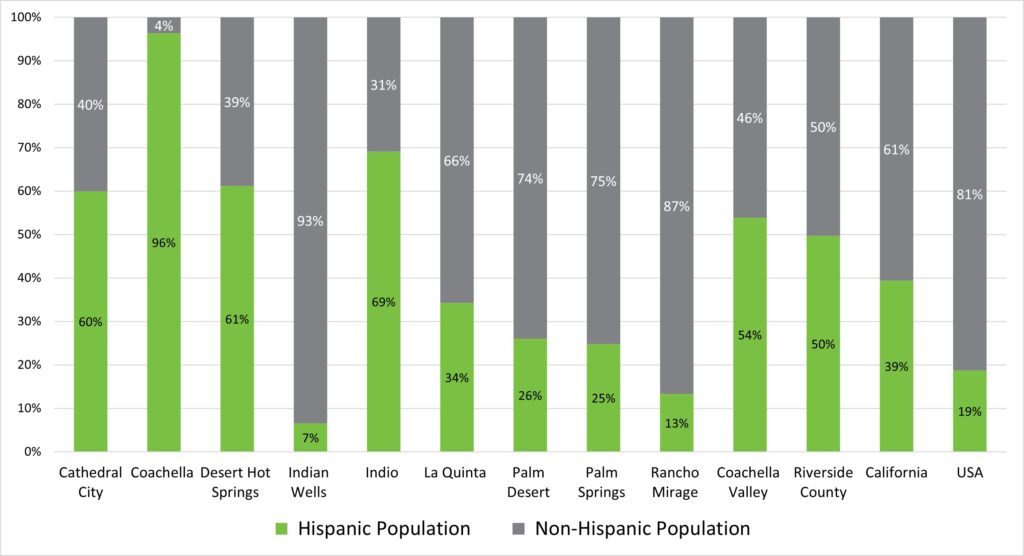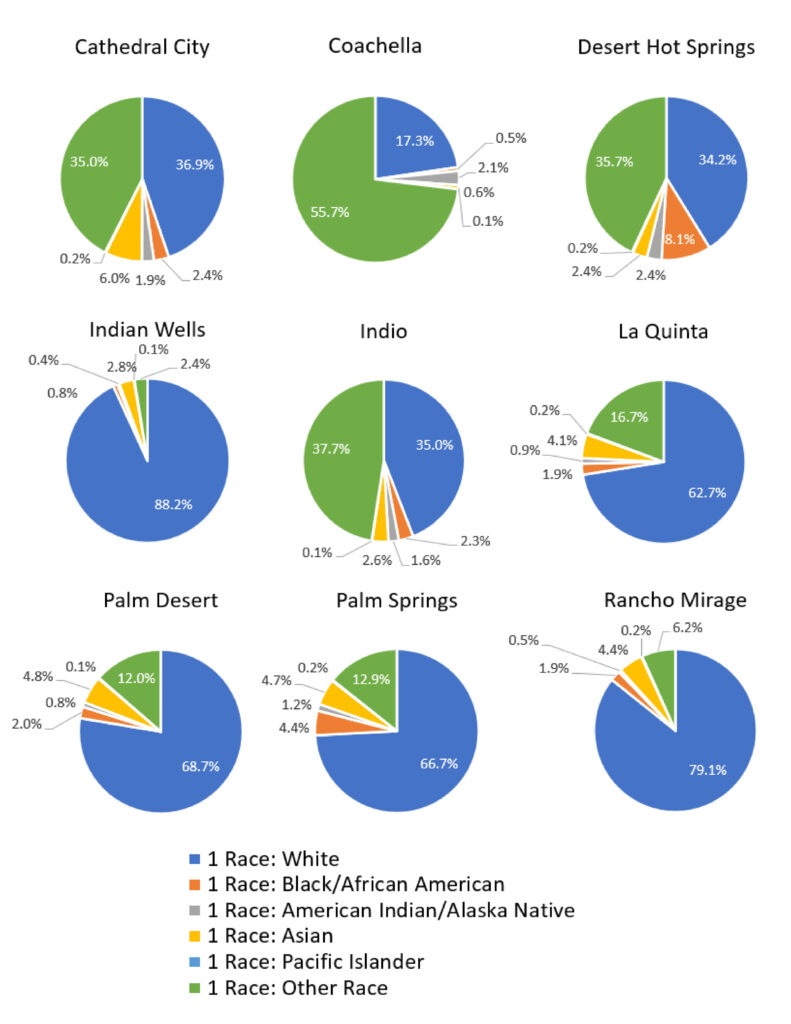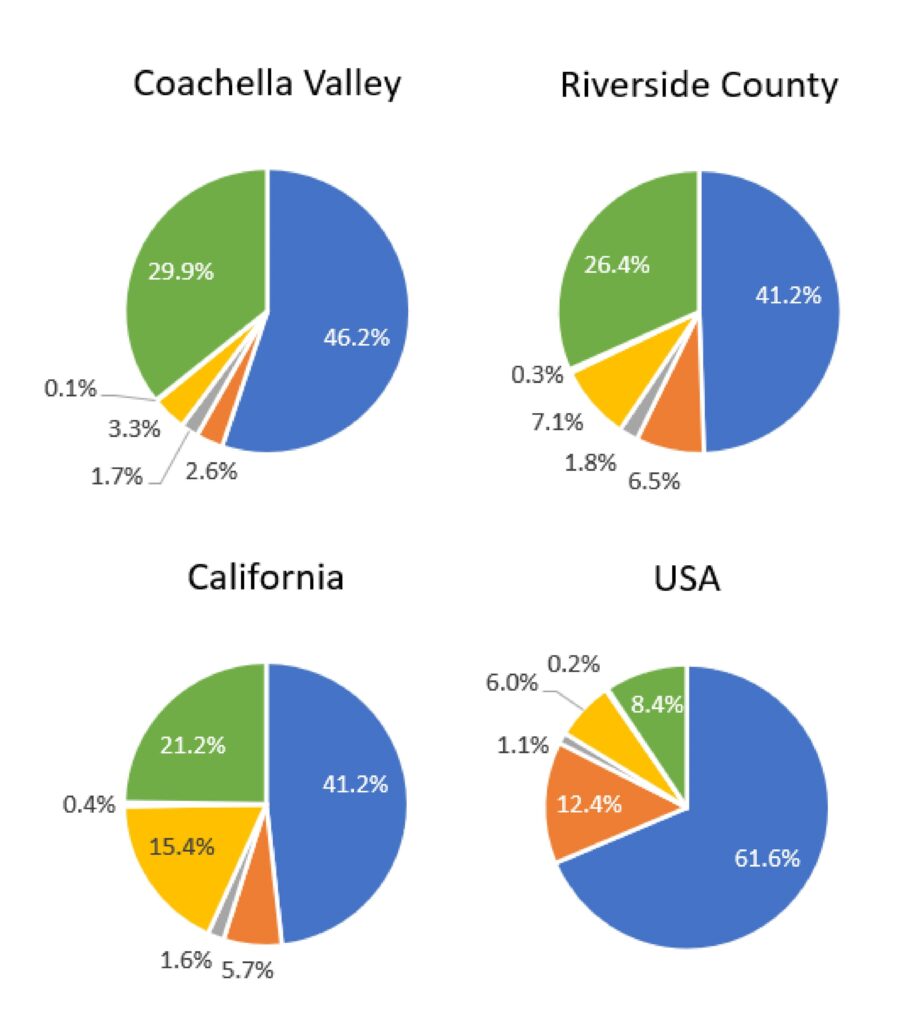Data from the latest 2020 Census covering the distribution of race and ethnicity in the United States are some of the earliest to be published. The US Census collects responses about race and Hispanic origin based on standards set in 1997 by the U.S. Office of Management and Budget (OMB). Many are understandably confused about the difference between race and ethnicity and how they are measured.
I often get asked when I give a breakdown of race/ethnicity percentages, including the Hispanic or Latino population, why they don’t add up to 100%. Race and Hispanic origin are two distinct concepts. Ethnicity is a social definition recognized here in the US. They do not conform to biological or genetic criteria like race. In the US we recognize two categories of ethnicity: “Hispanic or Latino” or “Not Hispanic or Latino.” Persons may report on the Census being Hispanic AND can report being identified as any race listed on the census tables. So, if you include the percentages of Hispanics added to the percentage of different races, the sum will be over 100%.
This first graph shows the only way you can break down 100% while including ethnicity: Hispanic or Non-Hispanic. This stacked bar chart quickly shows the great disparity of this breakdown in our nine cities. The Coachella Valley and Riverside County have significantly higher percentages of Hispanic residents than the US.
The census also allows respondents to choose if they identify as one race or 2 or more races. Here again, this will add up to 100%. But in this case, Hispanic or Non-Hispanic is not part of the sum.
These final pie charts show the distribution of the six recognized races of the US Census. Once again, there is great disparity among our nine valley cities. The Census provides additional tables showing how the Hispanic population identifies their race or multiple races. In addition, there are tables where the Hispanic population, being geographically broad and diverse, can respond with their Spanish culture or origin, e.g., Cuban, Puerto Rican, Mexican, etc.












